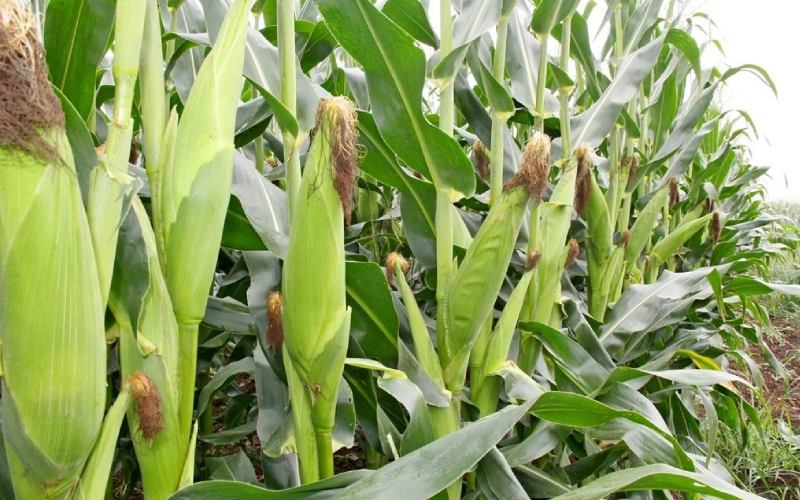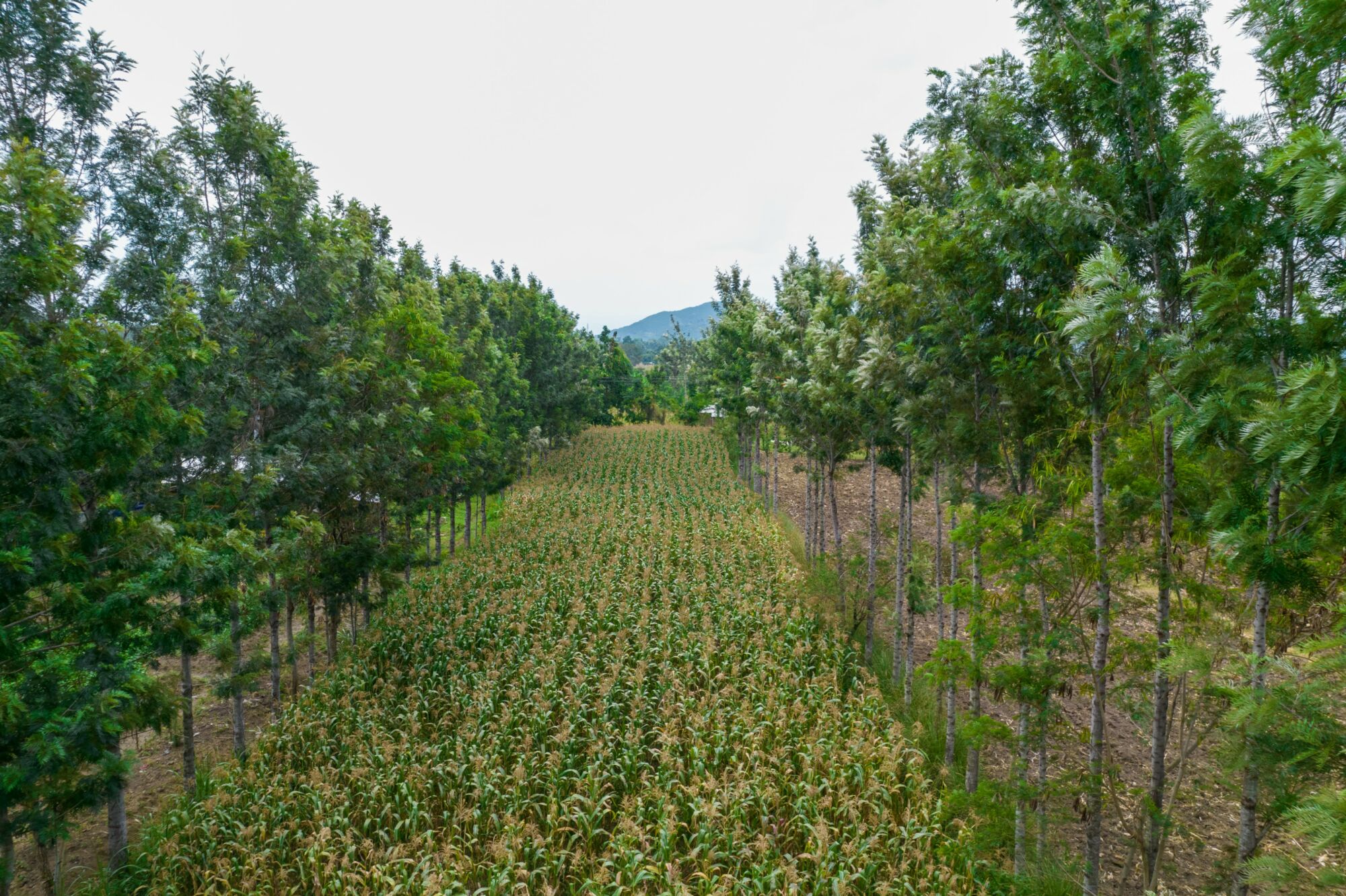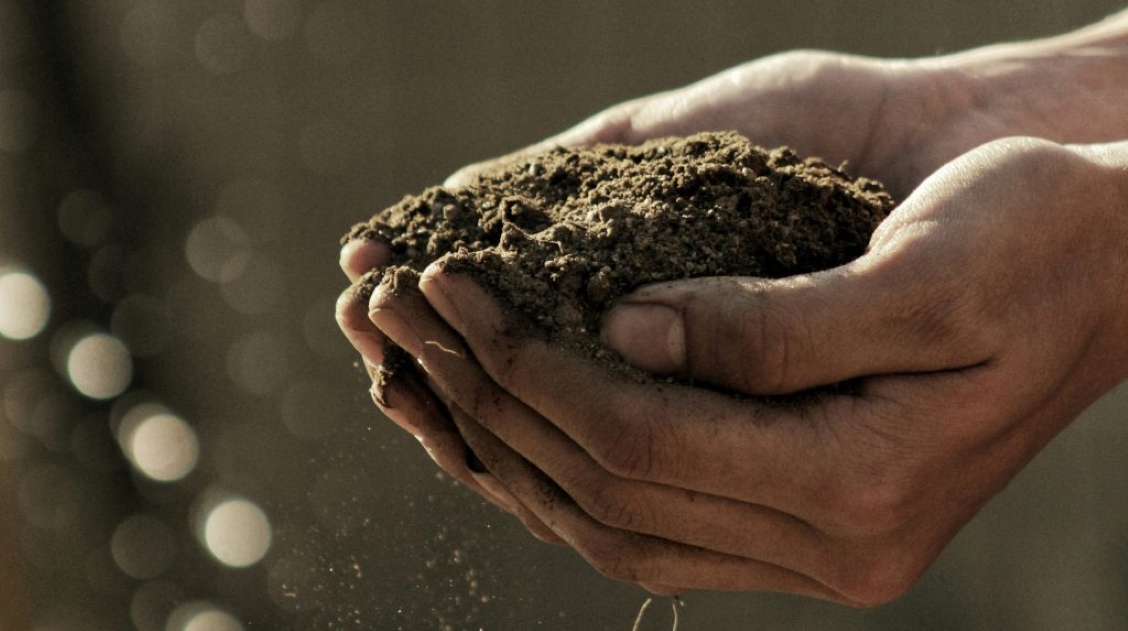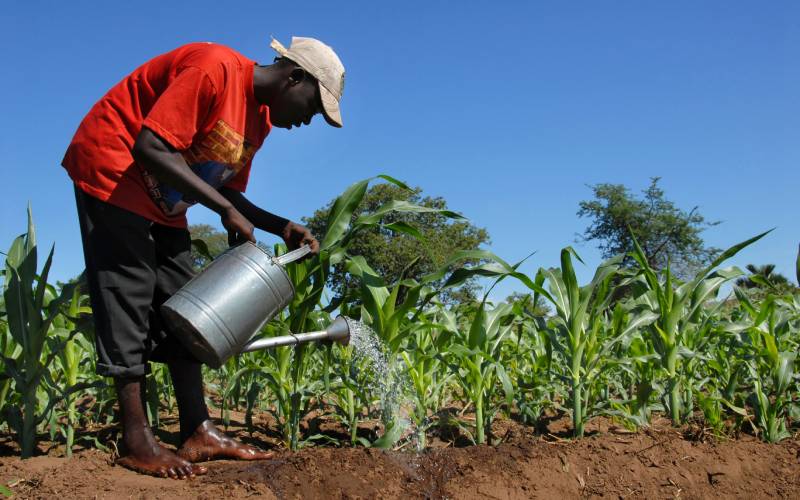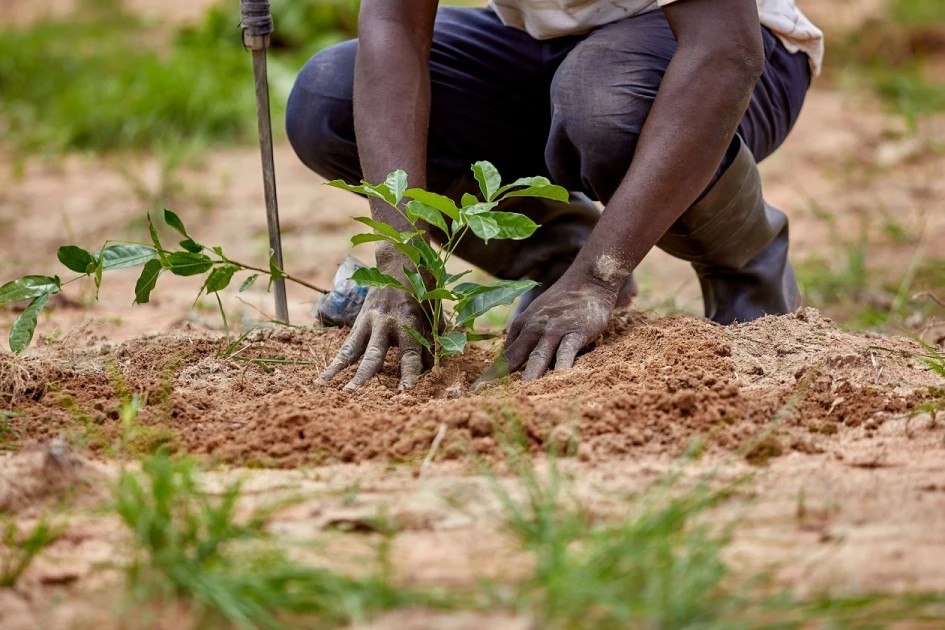- What was once a blessing from the skies now floods the roots of Kenya’s food chain—turning rain into ruin, and tradition into a test of survival.
Traditionally, people see rain as a blessing, but this blessing has turned bittersweet. Unlike the short rains Kenyans expected between September and November, the downpour has been extreme, affecting far more than one’s weekend plans.
Agriculture contributes 20% to Kenya’s Gross Domestic Product (GDP). Farmers plant crops according to established weather patterns. However, the excess rainfall now poses a threat not only to their profits, but to the country’s food security.
Regions affected include Kisumu, Busia, Naivasha, and Nyandarua. Crops such as kales, maize, onions, and cabbages have suffered. Cultivators report total crop failure in some areas, with greenhouses flooded and fields submerged.
Other effects include premature root rot, reducing yields and further straining Kenya’s economy. Food shortages are becoming the narrative of the day, as supply chains falter and stored fertilizers are rendered useless either soaked or washed away.
The entire agricultural system has been disrupted, including pastoralism. The unexpected surge in rainfall has flooded low-lying and poorly drained areas, increasing the risk of livestock diseases such as pneumonia and foot rot. Fodder shortages are also rising, leading to cases of anaemia among animals.
Read More
Farmers are counting more losses than profits, with replanting costs mounting. Smallholder farmers, in particular, are facing severe income losses. Based on these and other factors, the National Drought Management Authority projects that over two million Kenyans may require food assistance by early 2026.
To counter such threats, the National Agribusiness Summit held on October 22nd and 23rd, 2025, focused on tech-driven agriculture under the theme “From Promise to Action: Advancing Agribusiness through Dialogue and Innovation.”
Government officials, private investors, academics, and development partners attended, led by Prime Cabinet Secretary (PCS)Musalia Mudavadi in cooperation with the Ministry of Agriculture. The summit recognized top performers in agribusiness innovation, climate adaptation, and digital transformation.
According to PCS Mudavadi, Kenya is strengthening value chains, boosting market efficiency, and modernizing rural infrastructure to unlock agriculture’s full potential.
“These frameworks are harmonizing county and national interventions, reducing duplication, curbing exploitation, stabilizing markets, and delivering tangible results for farmers and agripreneurs,” he said.
Furthermore, solutions to climate shocks were broadly discussed. Climate-resistant crops bred or selected to survive under specific pressures such as flood-resistant rice were among the key topics.
There was also a strong push for technological inclusion, with young innovators using mobile apps, AI, and sensors to promote data-driven farming and improve productivity. Aggrotech incubators are expanding, and there’s growing support for youth entrepreneurs in rural areas.
With the effects of global warming intensifying, Kenya’s agricultural sector must adapt. These discussions and innovations offer hope for a more stable and resilient future—one where the climate may calm, and the land may heal.
Follow us on WhatsApp for real-time updates, community voices, and stories that matter.

